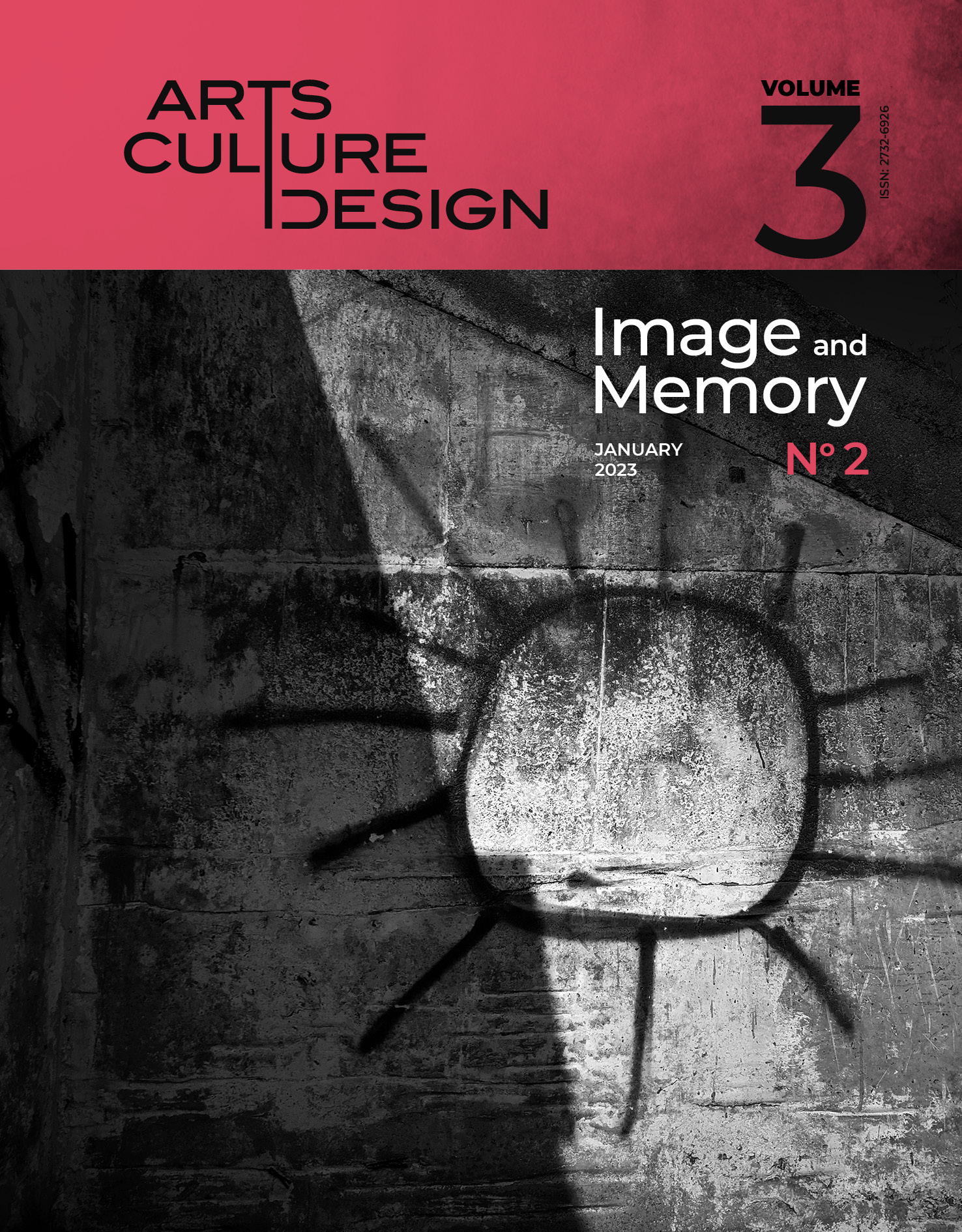REPRESENTING THE PAST THROUGH THE MAGIC OF MINIATURES

Abstract
The visual magic of the miniature world allows the depiction of the past using a combination of advanced contemporary, as well as classical technologies. For the viewer to be transported back in time, the miniature must be a hyper-realistic representation that acts on the viewer's memory and imagination. A miniature, appreciable in size, in which the scenes turn out to be drawn from the reality of the past, constitutes an extremely effective method of actualizing a tragic episode of history. And since miniatures can transform reality into art, they are, simultaneously, artistic compositions.
Article Details
- How to Cite
-
Mențeanu, A. (2023). REPRESENTING THE PAST THROUGH THE MAGIC OF MINIATURES. Design/Arts/Culture, 3(2), pp. 132–138. https://doi.org/10.12681/dac.31223
- Section
- Artwork/Portfolio

This work is licensed under a Creative Commons Attribution-NonCommercial-ShareAlike 4.0 International License.
The copyright for articles in this journal is retained by the author(s), with first publication rights granted to the journal. By virtue of their appearance in this open access journal, articles are free to use (with the exception of the non-granted right to make derivative works) with proper attribution for non-commercial uses (licence Creative Commons 4.0). EKT/NHRF retains the worldwide right to reproduce, display, distribute, and use articles published in DAC in all formats and media, either separately or as part of collective works for the full term of copyright. This includes but is not limited to the right to publish articles in an issue of the Journal, copy and distribute individual reprints of the articles, authorize reproduction of articles in their entirety in another EKT/NHRF publication, and authorize reproduction and distribution of articles or abstracts thereof by means of computerized retrieval systems.
DAC journal considers all submitted artwork on the condition author(s) confirm that third-party intellectual property rights are not violated in any way.
Author(s) are responsible for securing permissions to publish copyrighted material, such as photographs and other artwork and for paying any fees involved. Production of an article will not begin until the editor has received all relevant permissions.
The copyright for published articles in Design | Arts | Culture is retained by the author(s). By virtue of their appearance in this open access journal, articles can be used freely, with proper attribution, for educational and other non-commercial purposes.


